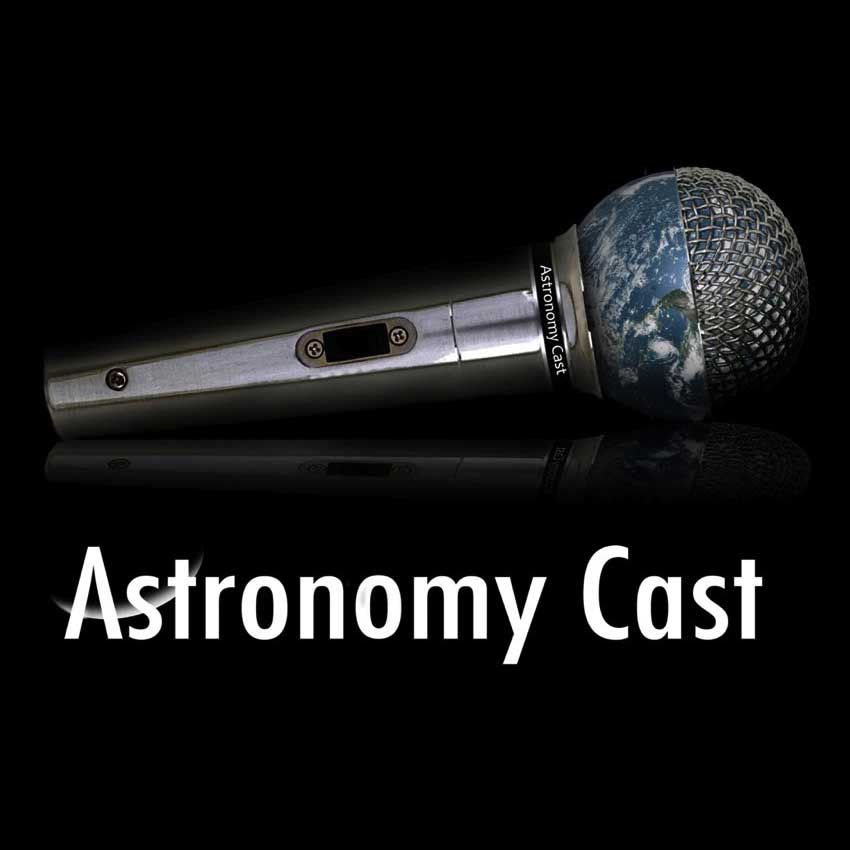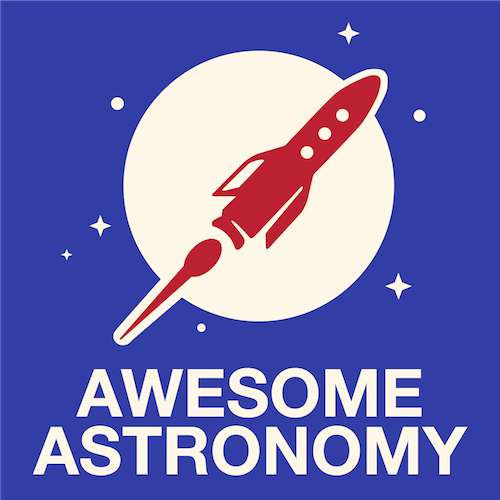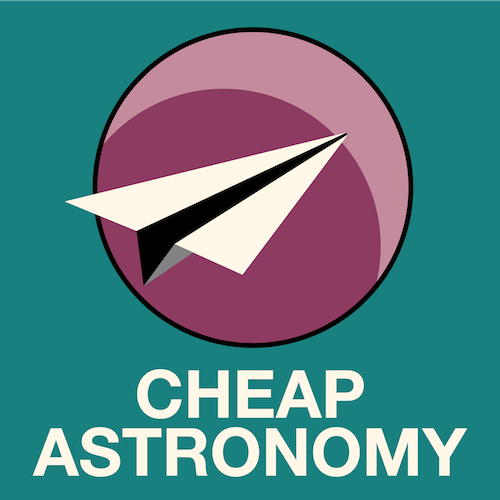Time for weekly update with @WSHcrew. We have space lettuce, space force, some part in Milky Way is older, most distant star, and hires solar image. Also discussion with Dwight Steven-Boniecki


Time for weekly update with @WSHcrew. We have space lettuce, space force, some part in Milky Way is older, most distant star, and hires solar image. Also discussion with Dwight Steven-Boniecki

The Milky Way is a vast grand spiral today, but how did it get this way? Looks like ancient collisions with dwarf galaxies is the answer. But the ancient collisions with dwarf galaxies, and how they came together to build the modern Milky Way?

A recent image from the South African MeerKAT Telescope blew our minds. It was a high resolution image of the center of the Milky Way showing delicate filaments and other structures. Today we’re gonna talk about why this was such an accomplishment and what the future holds for radio astronomy.

This week, @wSHCrew discuss with Dr. Ralph McNutt about Interstellar Probe Mission. Also news round-up about JWST, stellar mass black hole, new image of the heart of Milky Way, and how is it like to apply to be astronaut.

Using the ESO’s VLTI, scientists have obtained the deepest and sharpest images of Sagittarius A*. They tracked the orbits of stars and were able to more precisely measure the mass of the black hole.

New season of Weekly Space Hangout! This time @WSHCrew has mission update from BepiColombo flyby, LandSat 9 study Earth, Lucy to Jupiter’s trojan, DART mission, JWST launches & Milky Way arm!

Time for astro news round up with @AwesomeAstroPod and September sky guide. Today we have new classification of habitable exoplanet, new galaxies, and many more.

This week, in our Season Finale, we are celebrating and honoring an extra-special group of people on the Weekly Space Hangout: Our Journalist Team! And of course News update!


A new study examines the formation of rocky worlds from dust particles containing ice and carbon, increasing the possibility that our own Milky Way galaxy could be filled with aquatic planets similar to Earth